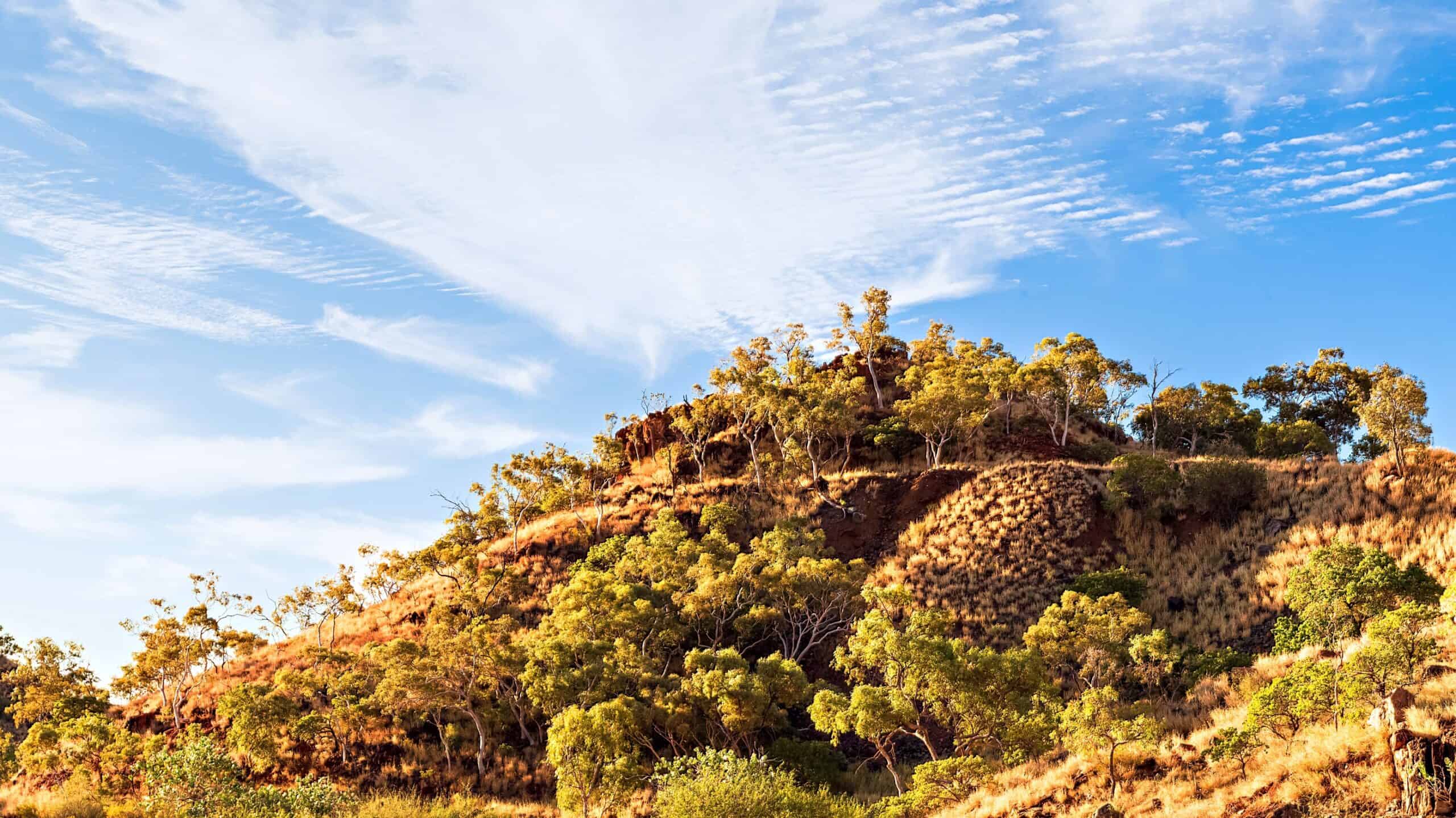The $4b market in mine closures & transitions
Australia has a unique billion-dollar opportunity to create a new industry to support mine closures and transitions, according to a report developed by Australia’s national science agency CSIRO and research organisation CRC TiME.
Drawing insights from mining industry databases and analysis by CSIRO, the report projects annual spending regarding mine closure and rehabilitation activities to exceed $4b by 2040.
The Australian Mining Review interviewed CSIRO Futures senior manager and lead author of the report Dominic Banfield to discuss the challenges related to mine closures and rehabilitation, as well as how this can be done in a more sustainable manner.

“We began by consulting industry players who work in mine closure and focused on their existing challenges – we spent a lot of time identifying what those challenges currently are,” he said.
“We then worked with a mix of operators, researchers, and solutions providers to understand how those challenges could potentially be solved, and what opportunities there were for Australian businesses to provide those solutions.”
The report identified four opportunities including: engagement and partnership, waste reduction and recovery, mine rehabilitation and land use transitions.
Engagement and Partnership
Engagement and partnership solutions enable effective engagement, co-design and mutually beneficial partnerships to improve social performance, reduce social and governance risks and optimise outcomes.
“It’s important to recognise that mine closure is not just a technical challenge – it’s also a social challenge,” Mr Banfield said.
“We identified solutions that can help to facilitate really effective engagements with various stakeholders, and to develop productive partnerships between miners, communities and mine closure solutions providers.”
Co-design and partnerships solutions can support sustainable partnerships with community stakeholders through facilitation and capability development services.
They also support transparency, governance and delivery of mine closure outcomes through data management solutions.
Indigenous-lead training services enable culturally sensitive and mutually beneficial collaborations with Aboriginal and Torres Strait Islander communities.
Businesses can provide short to medium-term support and capability-building for the industry while also implementing training programs to build internal capabilities.
Linking Futures, an Indigenous-owned business, is developing a cross-cultural understanding in complex stakeholder relationships by training commercial and collaborative capabilities of businesses.
Furthermore, businesses delivering software solutions can improve data transparency through improved collection and access.
Software company K2fly offers a cloud-based solution for heritage management that captures data from multiple sources and integrates it for analysis, change detection and visualisation.
The tool enables improved stakeholder engagement and heritage management, particularly with Traditional Owners.
Effective stakeholder engagement can be supported by products and services that enable data-driven engagement, governance and decisions, effective and inclusive communication of complex information.
Waste Reduction and Recovery
A significant amount of mine waste is generated throughout the mining lifecycle and resource-intensive activities are required to reduce risks the waste may present.
For example, excess tailings can increase risks associated with environmental contamination by toxic substances as well as causing physical instability of tailings storage facilities.
Proactively managing the mine site during and after operations can reduce the volume of waste generated and the associated liabilities and risks.
New Century Resources is recovering zinc concentrate from historic zinc, lead and silver mine tailings at its Century mine in Queensland, while EnviroGold is developing a full-scale pilot program for the recovery of gold, silver, zinc, lead and copper within tailings.
“We looked at the whole mining life cycle and the waste that’s created during that cycle,” Mr Banfield said.
“By applying waste hierarchy and waste management principles you can reduce the liabilities at the end of the mine’s life, while potentially generating value from that mined waste.”
Mine Rehabilitation
Mine rehabilitation solutions improve the performance or cost-effectiveness of mine rehabilitation activities to ensure that mined land is safe, stable, non-polluting and able to support an appropriate land use.
Common challenges include physical stability of the land, hydrological systems, pollutant management and revegetation and biodiversity.
“The category of rehabilitation activities includes the typical activities associated with closing a mine site,” Mr Banfield said.
“This includes undertaking earthworks to make sure the site is safe and stable, reforming waterways, making sure there’s no contamination or pollutants left on the site and revegetating the site with native flora which also helps to prevent erosion.”
While rehabilitation varies between sites, it generally ensures that the mined land is safe, stable and non-polluting to support the agreed land use.
Rehabilitation of the Ensham mine in Queensland faced multiple challenges, including water contamination, erosion issues and a topsoil deficit.
Collaboration between Innovate Enviro, SoilCyclers and Cammel Consulting demonstrated the upcycling of overburden material to topsoil and the bioremediation of saline pit water.
Land Use Transition
These solutions address the challenges that prevent the establishment of post-closure land uses on mined land to generate lasting economic, social or environmental value and offset the costs of managing ongoing liabilities.
“One of the emerging opportunities is for service providers to help facilitate the use of mines after the mine has closed by developing new productive uses there, whether that is a facility that gives value to the community, or a healthy ecosystem that provide benefits for the environment,” Mr Banfield said.
“There are some really innovative solutions coming through in that space.”
Transitioning a site beyond mining gives an opportunity to generate lasting social, environmental and economical value.
The transitioned land can be used for recreation and tourism, waste management, recycling, energy generation and storage.
Lake Kepwari in WA was created from the conversion of a coal mining pit, an open-cut mine pit in NSW has been converted into a bio-reactor landfill (dubbed the Woodlawn Eco Precinct) and the Hannans North tourist mine in WA has been converted into a visitor attraction and educational site.
Technology and Mine Closure
Many companies are turning to novel technology-based solutions to help with closing a mine.
“We’re seeing emergence of quite a few companies that are offering digital solutions that support more effective engagements or more effective planning,” Mr Banfield said.
“We’re also seeing companies use satellite or drone services to monitor revegetation on site and increase the success of that process.
“We are witnessing companies beginning to develop new solutions for on-site remediation of contaminants.
“These contaminants can vary significantly so there’s a broad range of potential solutions that will be needed.
“A novel example that is being explored is the use of bio-based remediation solutions such as enzymes or plants instead of chemical treatments.”
Not all of the required solutions are technology based. For example, there is a strong need for services that aid in post-closure land use transitions.
“To facilitate new land uses, we will need experts with an understanding of the challenges surrounding mine closure to turn their attention to identifying opportunities that match diverse land use opportunities – such as businesses or community facilities – with the unique characteristics of mined land assets to optimise their value after mining activities cease,” Mr Banfield said.
When done correctly and smoothly, the transition back to a community can create assets that have ongoing benefit for communities.


























